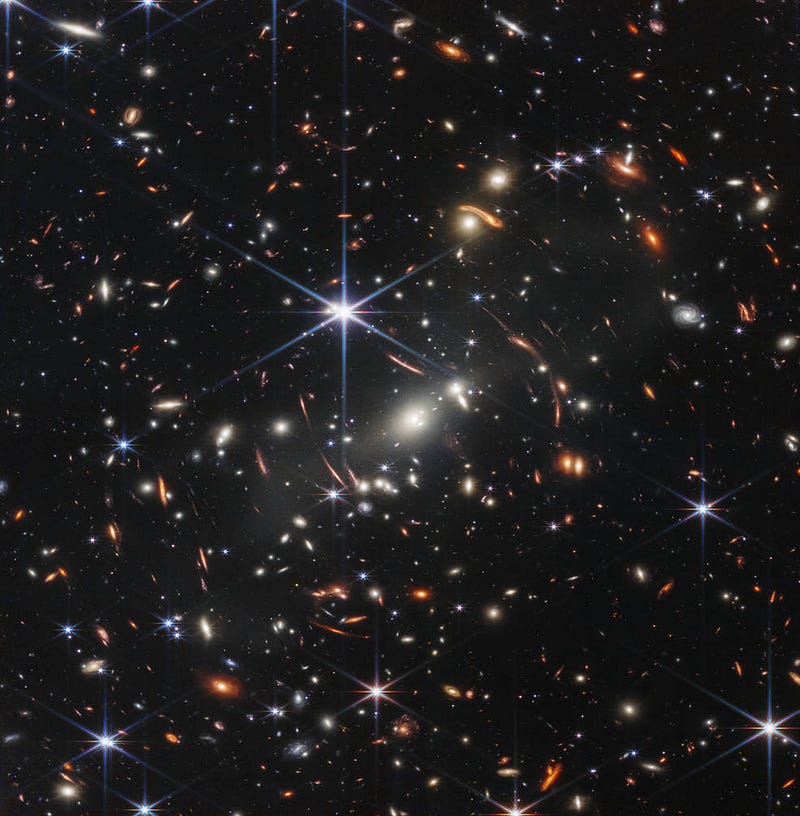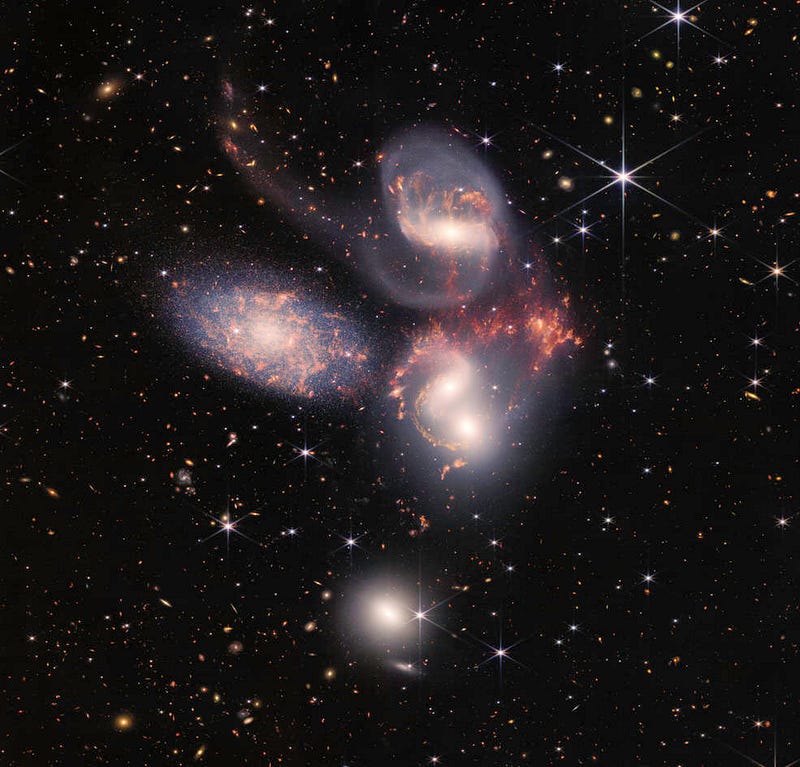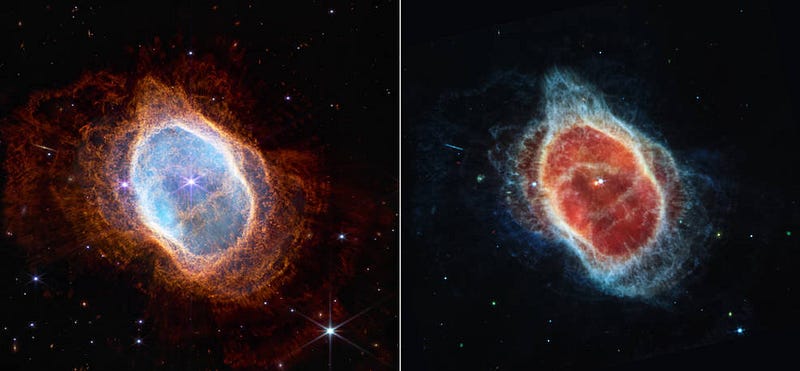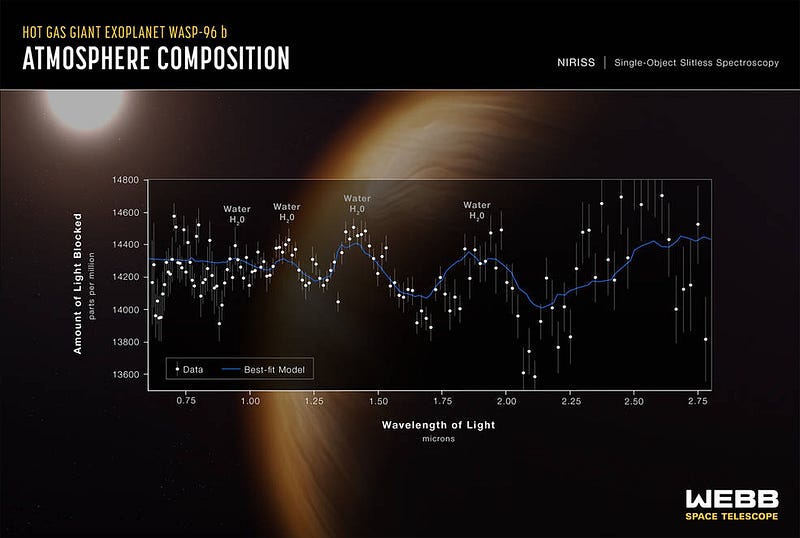Exploring the Cosmos: Insights from the James Webb Space Telescope
Written on
Chapter 1: Introduction to Webb's Discoveries
The James Webb Space Telescope (JWST) has made history with its remarkable first images, giving humanity an unprecedented glimpse into the depths of the cosmos. Since its deployment earlier this year, anticipation has surged within the scientific community, eager to witness the telescope's capabilities in capturing the farthest and clearest views of space. NASA recently unveiled the first stunning images, marking a pivotal moment in our exploration of the universe.
This paragraph will result in an indented block of text, typically used for quoting other text.
Section 1.1: Unveiling the Universe
The JWST's initial full-color images and spectroscopic data were presented during a live broadcast from NASA’s Goddard Space Flight Center on July 12, 2022. Among these captivating visuals is the deepest and most detailed infrared image captured of the cosmos to date, showcasing galaxy cluster SMACS 0723, which is filled with thousands of galaxies, including some of the faintest ever detected.

The image above, representing a minuscule portion of the universe comparable to a grain of sand at arm’s length, offers a glimpse of this galaxy cluster as it appeared 4.6 billion years ago. Astronomers are excited to delve deeper into the wealth of data collected by the Webb, promising further revelations about this region of space.
Section 1.2: The Carina Nebula
The JWST also captured striking visuals of the Carina Nebula, specifically the star-forming region NGC 3324. The stunning landscape of towering “mountains” and shimmering stars illustrates the dynamic processes occurring in this nearby area of space.

Chapter 2: Incredible Galactic Interactions
One of the most significant images from Webb reveals Stephan’s Quintet, a unique galactic grouping. This extensive mosaic is Webb’s largest image to date, encompassing approximately one-fifth of the Moon's diameter and composed of nearly 1,000 individual images. The data gathered offers new insights into how galaxies interact and evolve over cosmic time.

The Southern Ring Nebula, cataloged as NGC 3132, also made an appearance in Webb's findings. Approximately 2,500 light-years away, this planetary nebula was imaged using two of the telescope's cameras, revealing intricate details of the gas and dust being expelled by the dim star at its center.

Additionally, JWST has identified the presence of water, clouds, and haze in the atmosphere of a distant gas giant known as WASP-96b. This groundbreaking observation utilizes minute variations in light brightness to pinpoint specific gas molecules, showcasing Webb’s extraordinary capabilities in studying exoplanet atmospheres.

As we stand on the threshold of a new era in space exploration, the discoveries made by the JWST are just the beginning. For ongoing updates about the telescope’s groundbreaking findings, check out the “Where Is Webb?” tracker.
The first video showcases the incredible first images captured by the James Webb Space Telescope, providing insights into its capabilities and discoveries.
The second video discusses the stunning new perspectives on the cosmos offered by the James Webb Space Telescope, highlighting its role in reshaping our understanding of the universe.